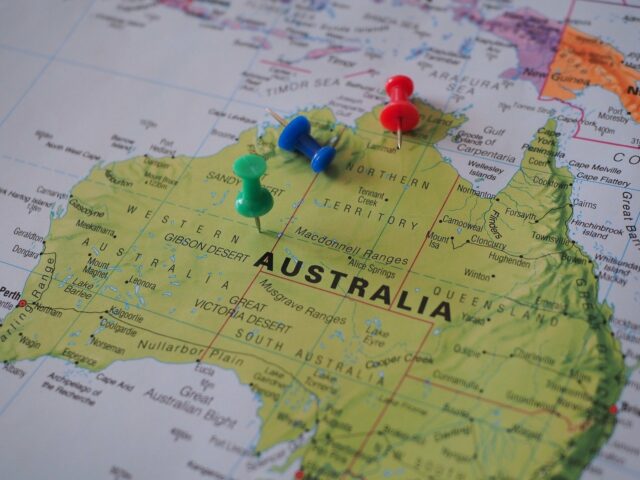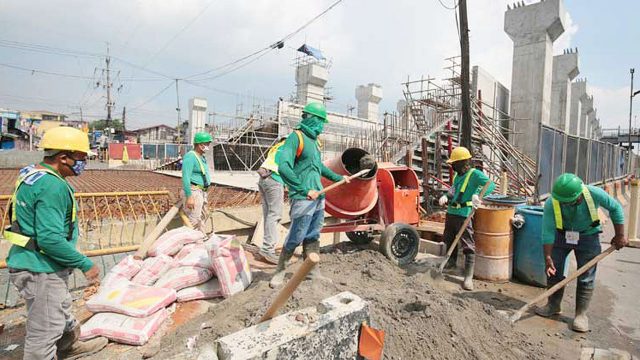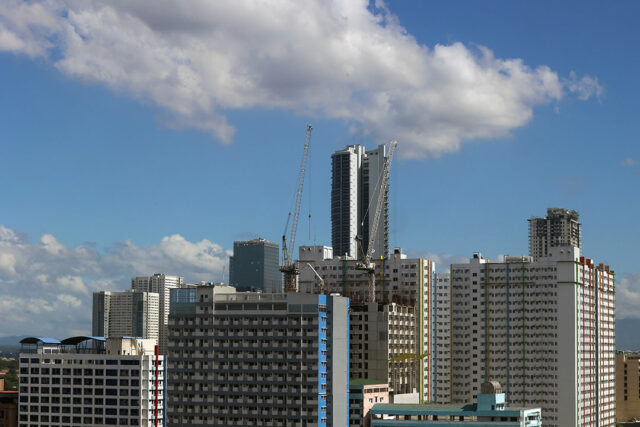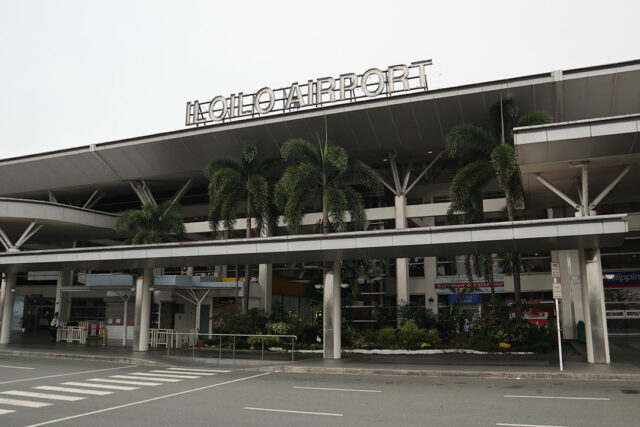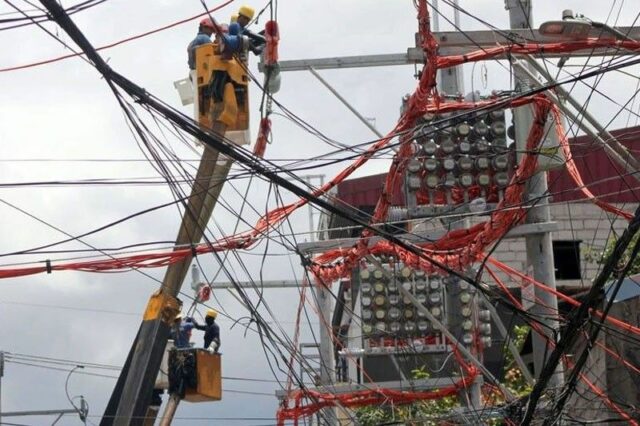THE PHILIPPINES’ twin fiscal and current account deficits are seen to persist, Nomura Global Markets Research said.
In its Global Macro Outlook 2025 report, Nomura said the Philippines’ twin deficits will “remain significant.”
“In the Philippines, we expect the government to slightly miss the targets under its medium-term fiscal framework (MTFF), running a still-large deficit of 5.5% of gross domestic product (GDP) in 2025, owing to spending priorities on infrastructure and the midterm elections,” it said.
Nomura expects the deficit-to-GDP ratio to settle at 5.9% this year and 5.5% in 2025.
While the deficit is seen to narrow, Nomura said this is still above the government’s medium-term fiscal framework assumptions and is also “still well above the pre-COVID average of 2.4%.”
“We think MTFF targets will likely be challenging to meet due to the elections and spending priorities (e.g., the flagship infrastructure projects),” it added.
Based on the Development Budget Coordination Committee’s (DBCC) assumptions, the deficit ceiling is projected to hit P1.52 trillion or 5.7% of economic output this year.
The deficit is seen to decline to 5.3% of GDP next year and further to 3.7% by 2028.
The DBCC has said that it has had to recalibrate its medium-term fiscal program to reduce the deficit in a “more gradual and realistic manner” as well as to bolster long-term investments to create more jobs and increase incomes.
The National Government’s budget deficit narrowed to P963.9 billion in the first 10 months from P1.02 trillion in 2023, latest Treasury data showed.
Meanwhile, Nomura expects the current account deficit to continue ballooning.
“The changing composition of growth we expect in 2025 (i.e., softer export growth but mitigated by robust domestic demand) suggests current account balances will be generally weaker,” it said.
Nomura projects the current account deficit (CAD) to widen to 2.5% of GDP in 2025 from 2.3% in 2024.
This is driven by the “government’s push to build additional infrastructure and bolster domestic food supply, pushing capital goods and food imports higher.”
It is also “consistent with a more domestic demand-led economic recovery and higher external pressures.”
Latest data from the Bangko Sentral ng Pilipinas (BSP) showed that the current account deficit stood at $5.7 billion in the third quarter, equivalent to 5.2% of GDP. This was much higher than the 2.2% deficit logged in the same period a year ago.
In the nine-month period, the current account deficit widened by 19.3% to $12.9 billion or 3.9% of GDP.
“Trump policies will likely weaken remittances from the US, weighing on the CAD further. From a savings-investment gap perspective, this reflects a faster pickup in investment ratios, which is positive in the long run,” Nomura said.
US President-elect Donald J. Trump has promised to implement stricter immigration controls and tighter trade policies, such as plans to slap tariffs on Chinese goods.
Markets are pricing in the impact of these policies on the Philippines, which heavily relies on the US for business and economic activities.
The US accounted for 41.2% or the biggest share of the Philippines’ overall cash remittances in the January-October period, central bank data showed.
“Nonetheless, we still caution that financing the CAD is now coming from more volatile sources, with external loans larger than net FDI (foreign direct investment) inflows, leaving a deficit in the ‘broad basic balance’ and suggesting a higher reliance of the overall balance of payments on net portfolio investment flows.”
The administration’s plans to ramp up infrastructure spending may also drive the widening current account deficit, it added.
“This might lead to a wider current account deficit, as infrastructure spending is a top priority of President Marcos.”
The government plans to spend 5-6% of GDP on infrastructure annually.
‘GRADUALLY IMPROVING’ GROWTH
“We expect growth to gradually improve in 2025 but still undershoot official targets. The economy is vulnerable to Trump policies but public investment and election-related spending will support domestic demand,” Nomura said.
On the other hand, domestic demand will help fuel growth, it added.
“We expect growth outperformance in Asian economies with stronger domestic demand buffers — like Malaysia and the Philippines, whereas growth disappointment is likely in India, Thailand and Korea.”
Nomura expects the Philippine economy to grow by 5.6% this year, 6% in 2025 and 6.1% in 2026.
If realized, GDP would fall short of the government’s revised 6-6.5% target this year but hit near the low end of the 6-8% target for both 2025 and 2026.
“We think public investment spending will remain a significant growth engine, as the government pushes for more progress on infrastructure projects,” it said, noting that the upcoming elections will also boost infrastructure spending.
However, it also flagged “strong external headwinds” such as the impact of the incoming Trump administration’s proposals.
Nomura said the Philippines is among the most vulnerable economies to Mr. Trump’s possible policies.
“Therefore, we pencil in slow growth of goods and services exports, with the tariffs likely to weigh on external demand, while worker remittances, which support domestic consumption, are likely to be negatively affected by tighter immigration policy in the US, similar to Trump’s first term.”
“FDI inflows have been more limited than in regional peers and might be further constrained by rising tensions in the South China Sea, if the US provides less regional security under Trump amid China’s increased assertiveness in the disputed waters.”
FDI net inflows slumped by 36.2% to $368 million in September, its lowest level in over four years, BSP data showed.
Meanwhile, inflation is also seen to “remain benign” and settle within the BSP’s target 2-4% target band.
“In coming months, we pencil in headline inflation at the lower end of BSP’s target, partly due to the impact of lower rice import tariffs on food inflation and a still-negative output gap, allowing BSP to deliver rate cuts and front-run the implementation of Trump’s policies,” Nomura said.
Headline inflation stood at 2.5% in November, bringing the 11-month average to 3.2%. The central bank expects inflation to average 3.1% this year.
“In the Philippines, a benign inflation outlook implies BSP will keep cutting its policy rate by another 100 bps (basis points), despite still-large twin deficits.”
Nomura expects the Monetary Board to cut by 25 bps on Thursday and deliver three more 25-bp cuts at the first three meetings of 2025.
A BusinessWorld poll conducted last week showed that 13 out of 16 analysts expect the Monetary Board to reduce the key rate by 25 bps at its final meeting of the year.
If realized, this would bring the benchmark rate to 5.75% from the current 6%.
“If inflation continues on a downward path, as we expect in the near term, BSP will likely look to further remove the restrictiveness in the monetary stance to support a recovery in domestic demand,” Nomura said.
“A shallower cutting cycle by the Fed is unlikely to be a significant constraint, taking into account BSP’s laissez-faire approach on currency weakness, if interest rate differentials with the US become narrower.”
Nomura also noted the country’s improving policy transmission.
“This reflects various issues we’ve discussed previously, including a fragmented banking system and constraints from structurally tight liquidity conditions,” it said.
It said the “quicker and more complete” transmission is due to the implementation of structural reforms such as the policy corridor framework in 2016 as well as the use of more liquidity management tools.
“In the Philippines, BSP kicked off the cutting cycle in the region in August and has delivered a total of 50-bp cuts thus far. Lending rates have fallen by 41 bps since, suggesting an 81.5% pass-through that is much higher than 34% in 2019/20.”
“The availability of these instruments has allowed BSP to resume reserve requirement ratio cuts, the latest one being the 250-bp cut to 7% effective in late October, with an estimated liquidity injection of more than 1% of GDP and coinciding with BSP’s rate cuts, thus helping transmission further.” — Luisa Maria Jacinta C. Jocson


